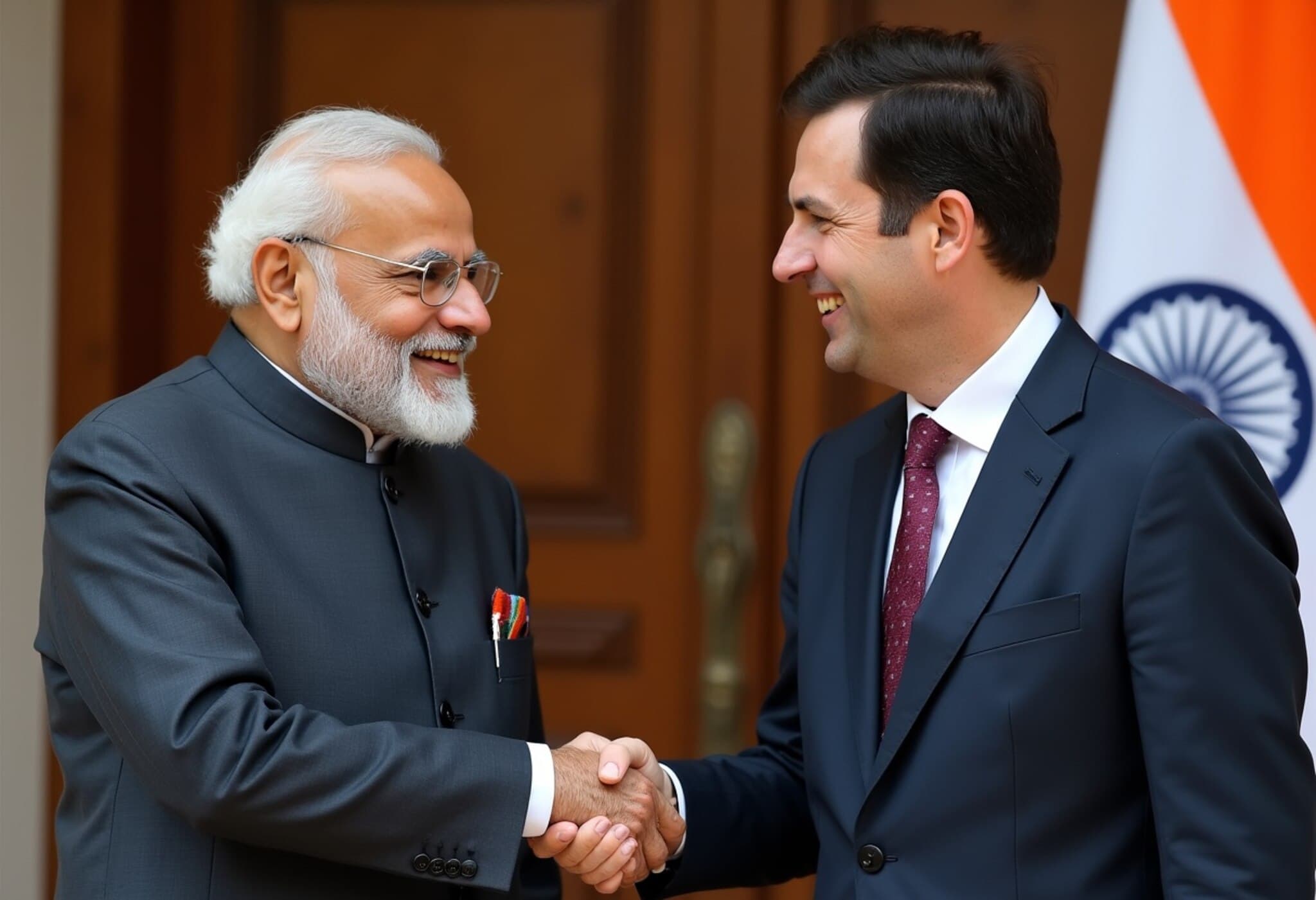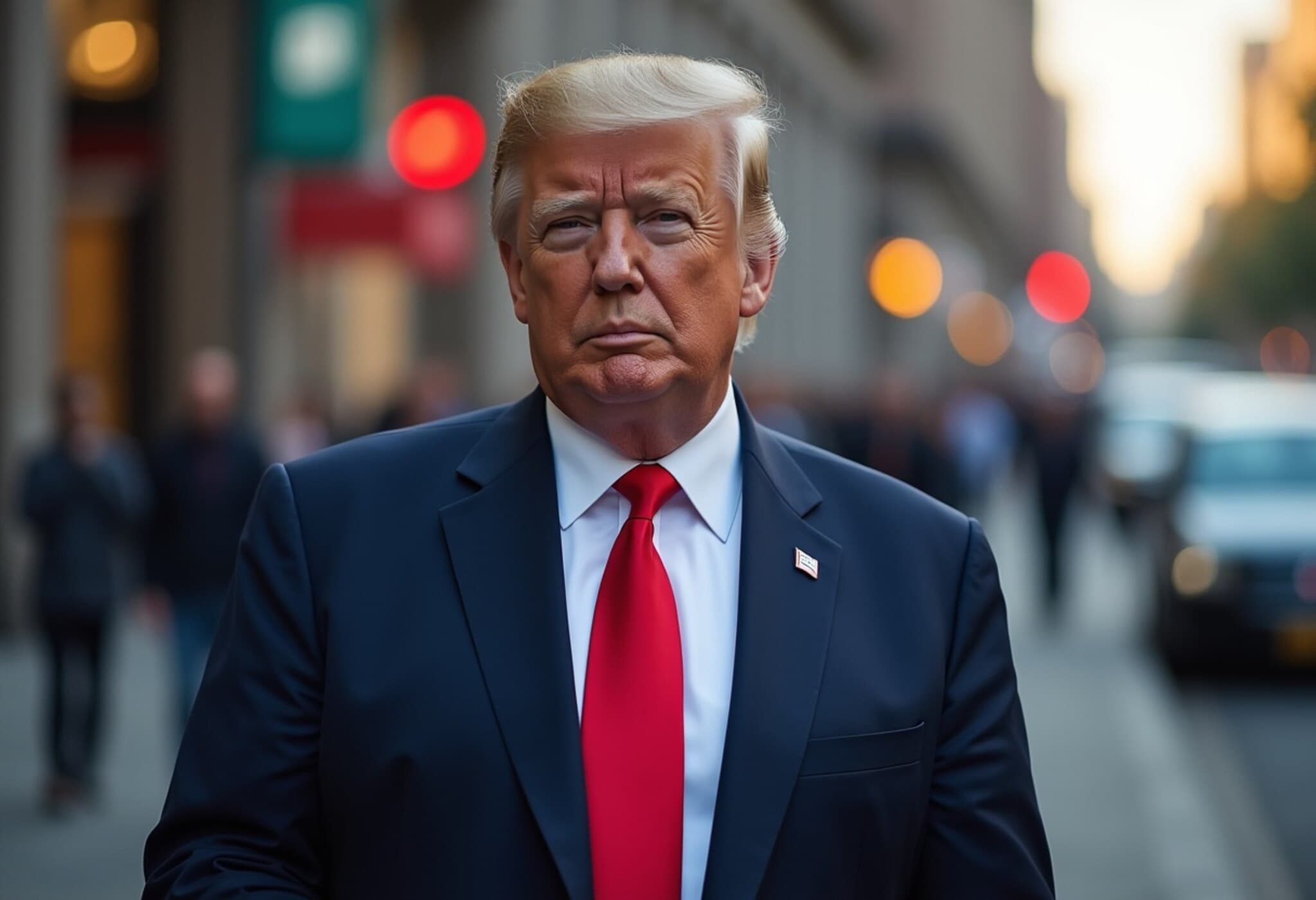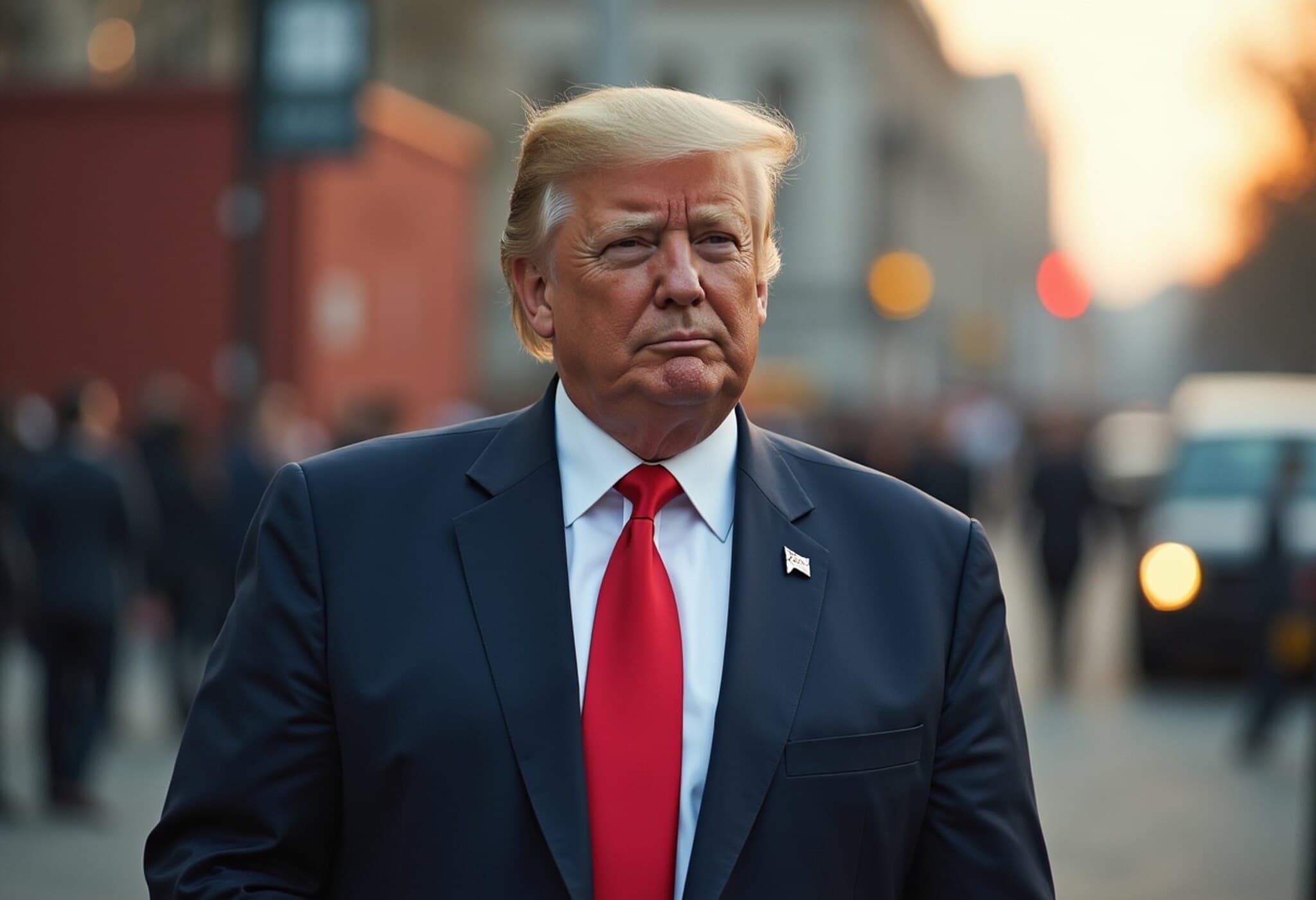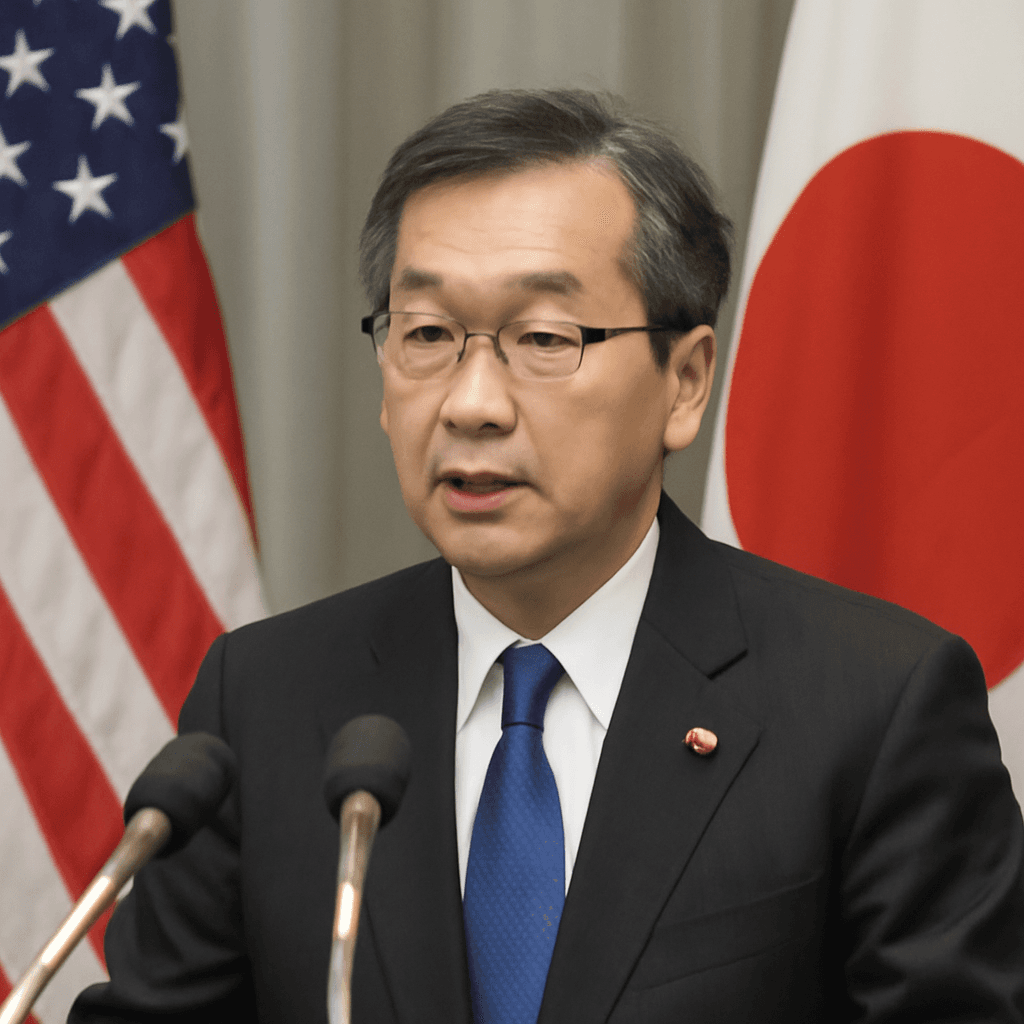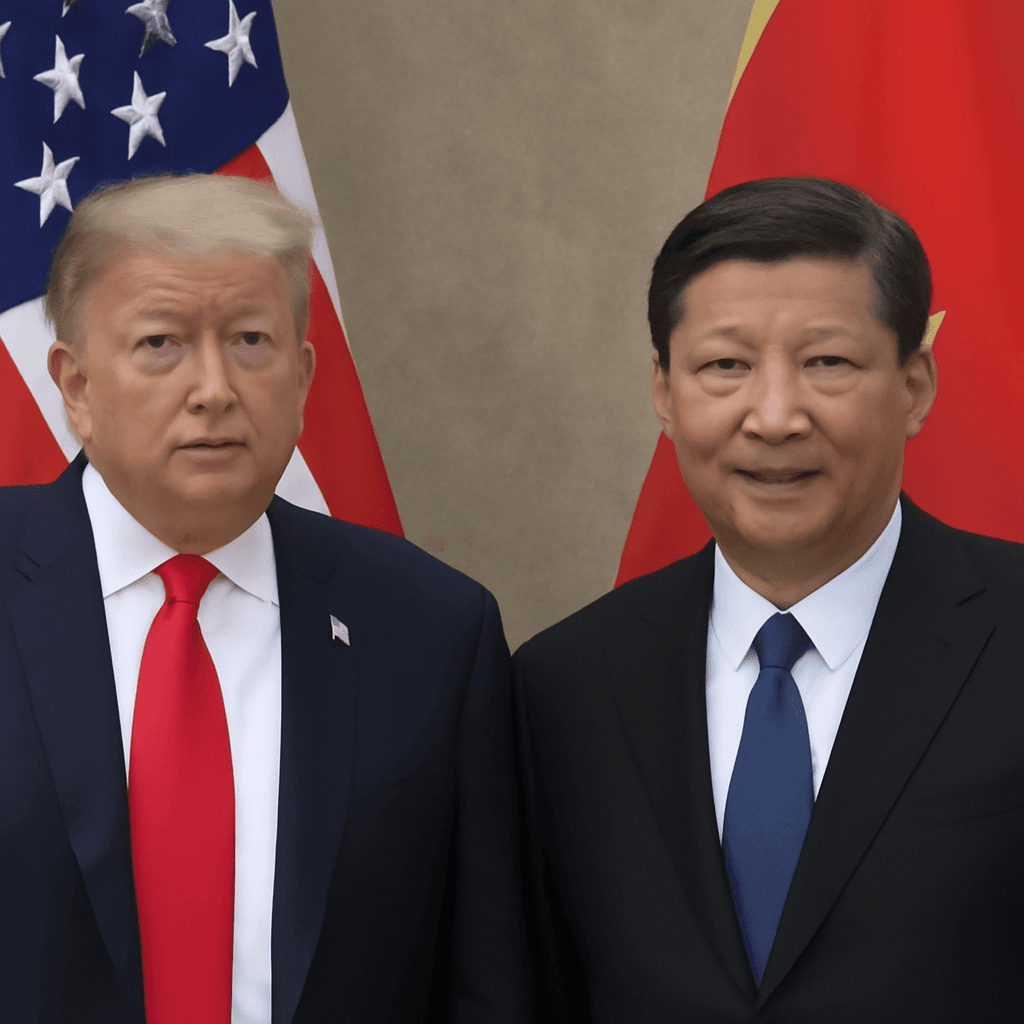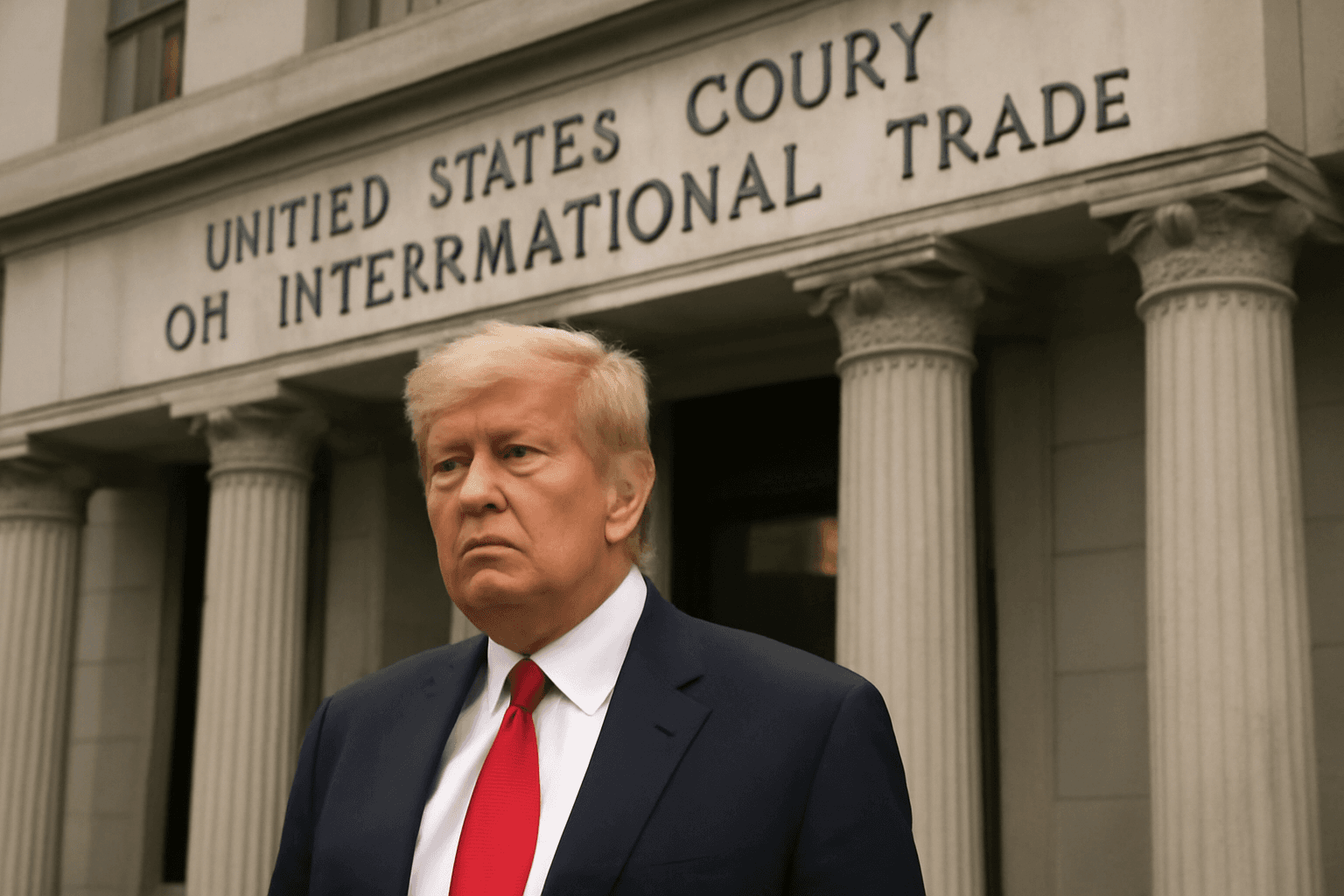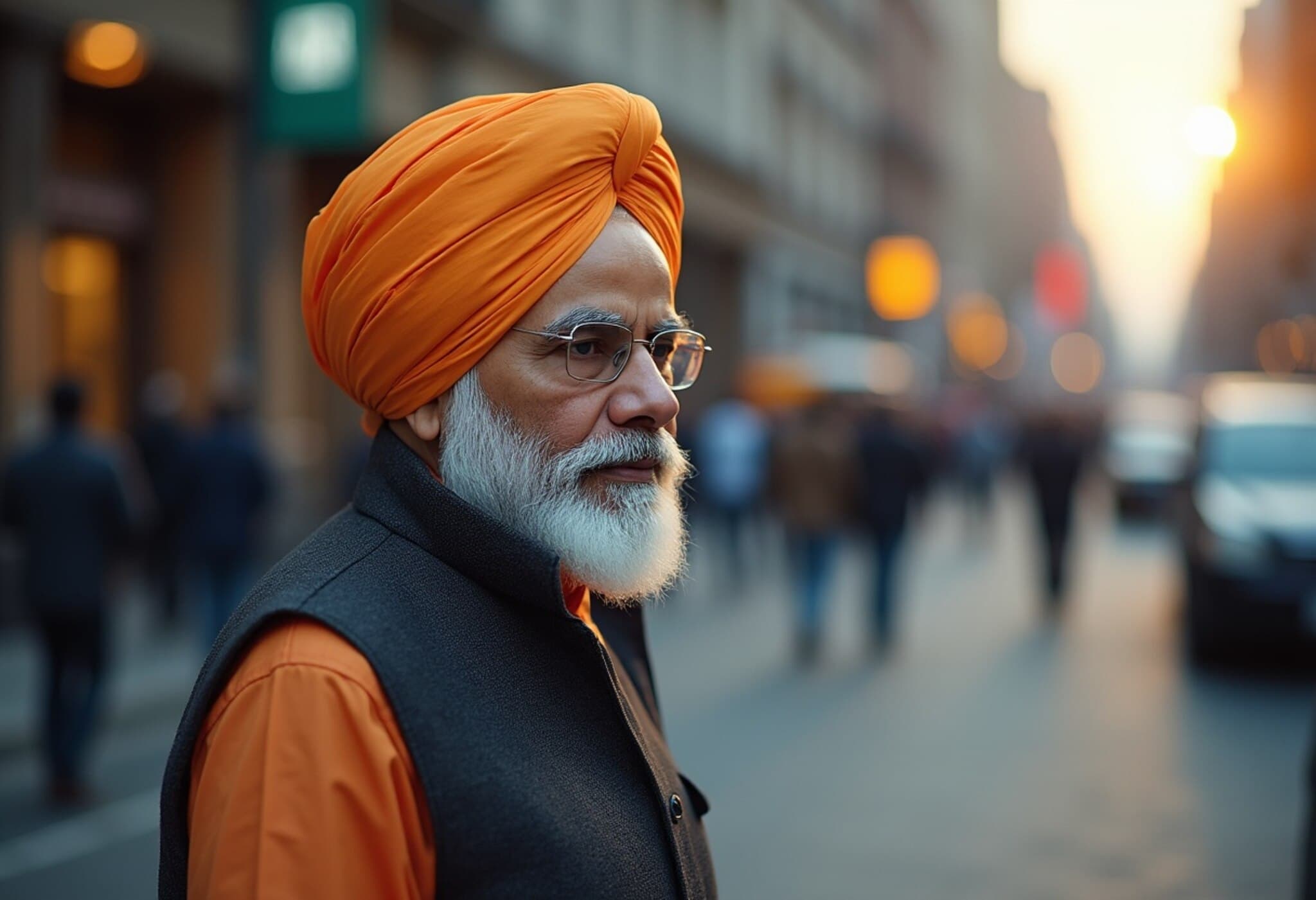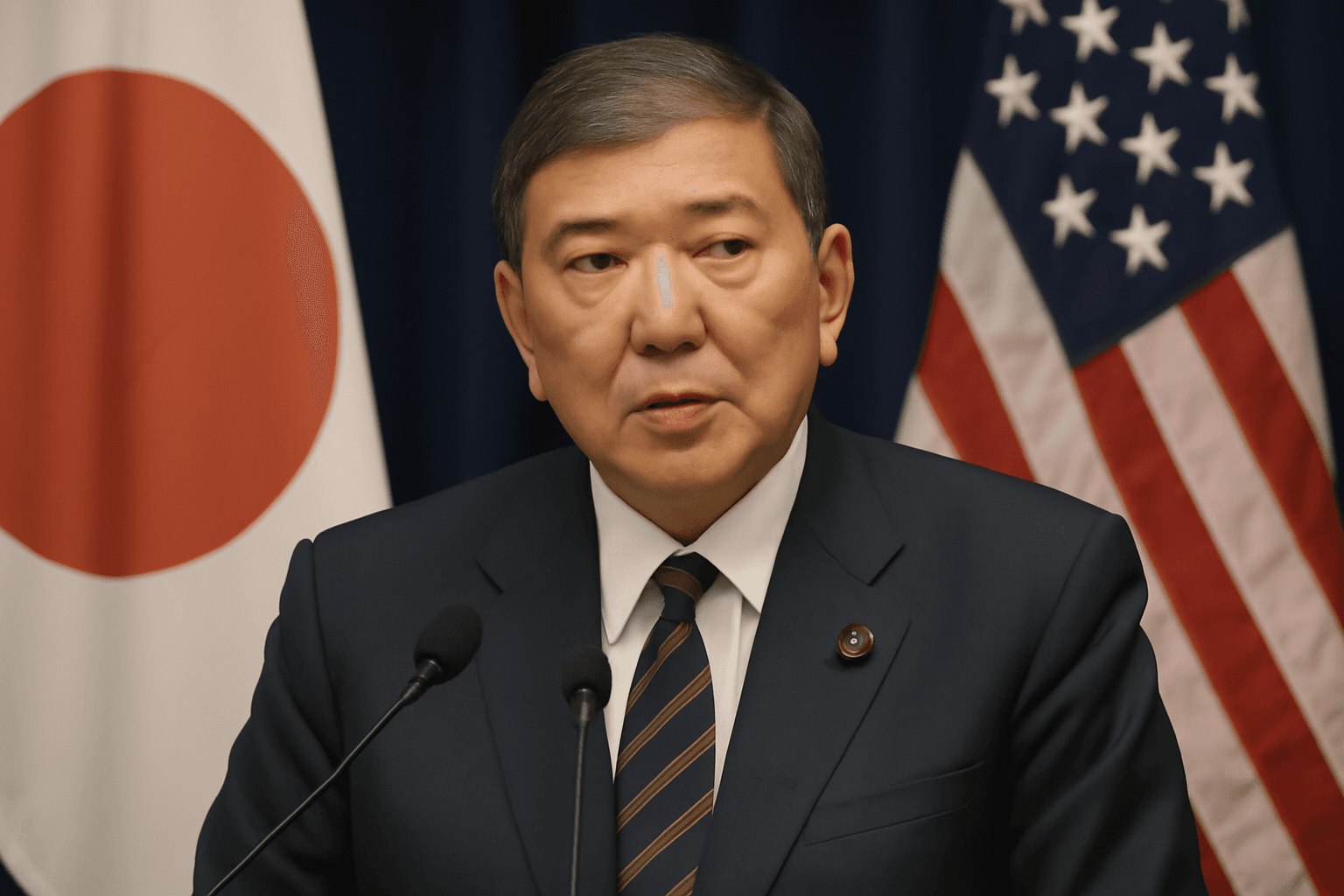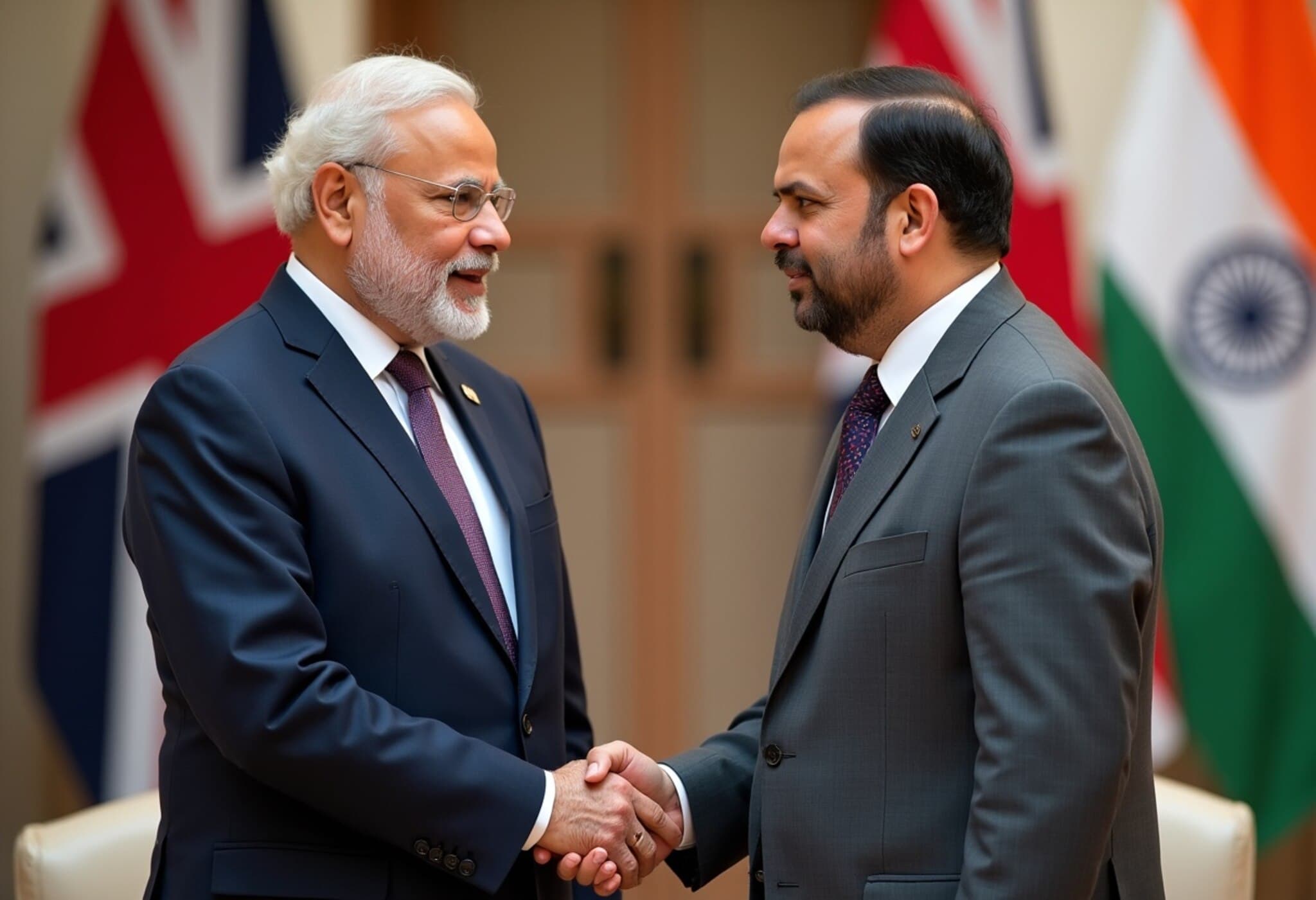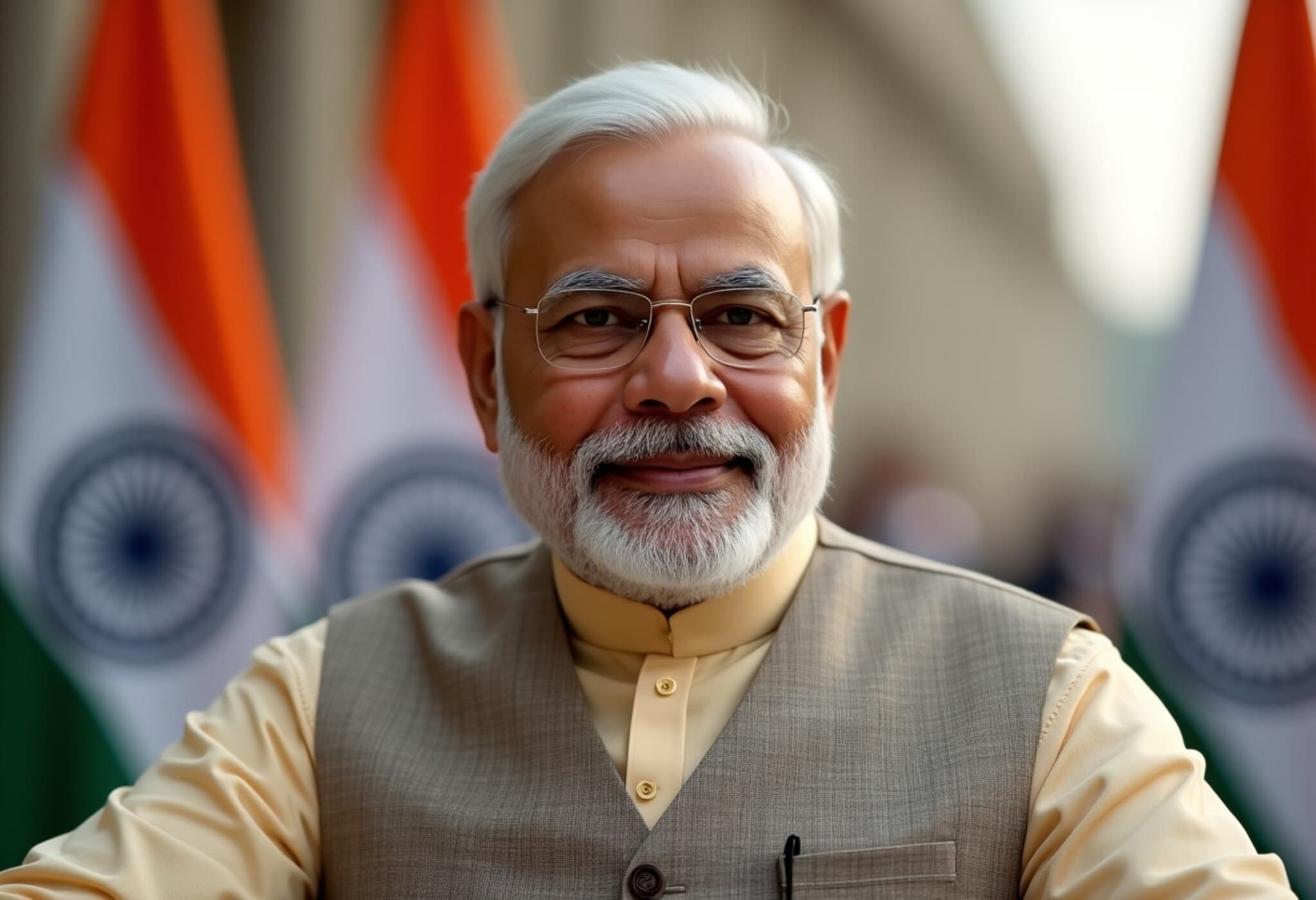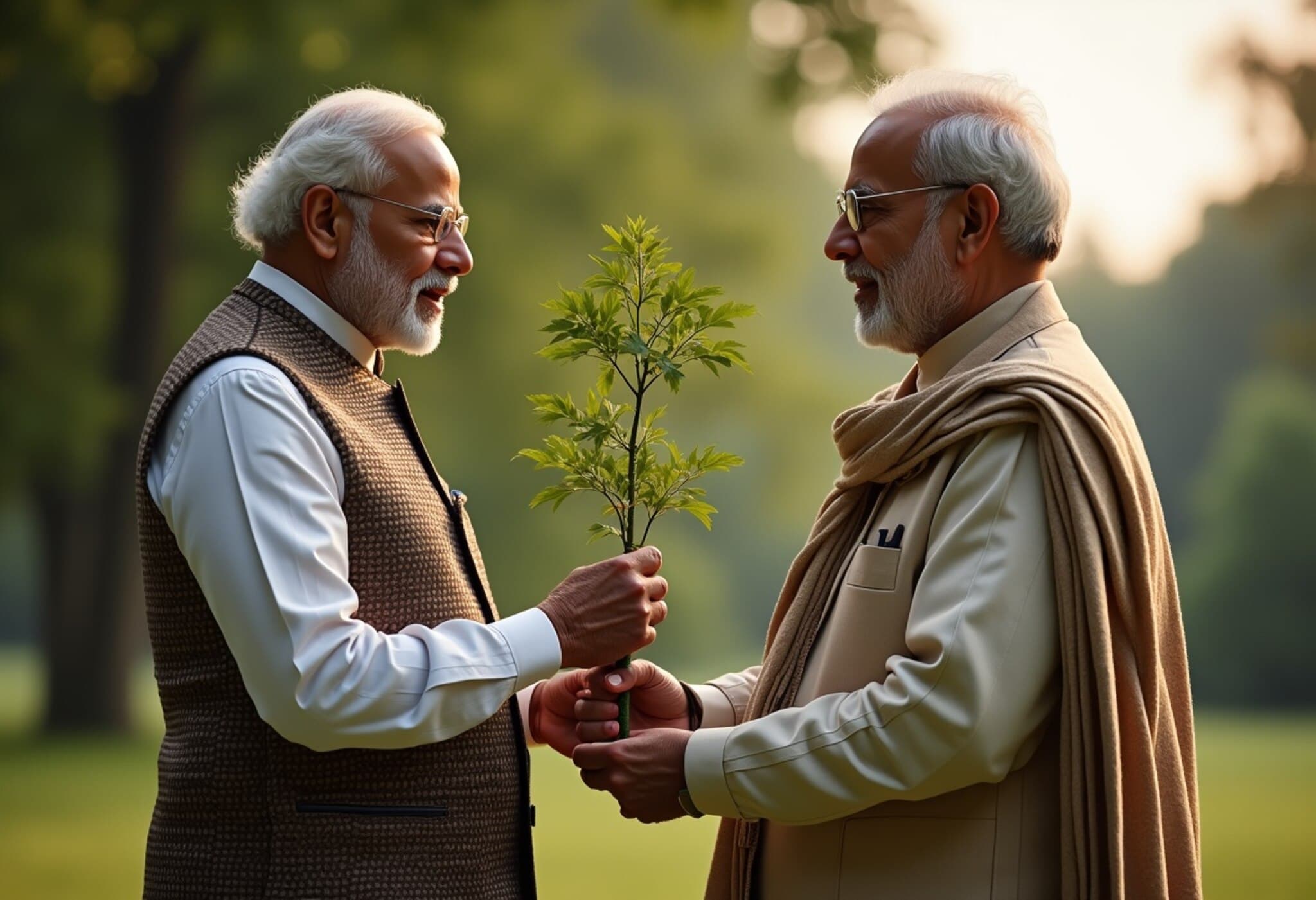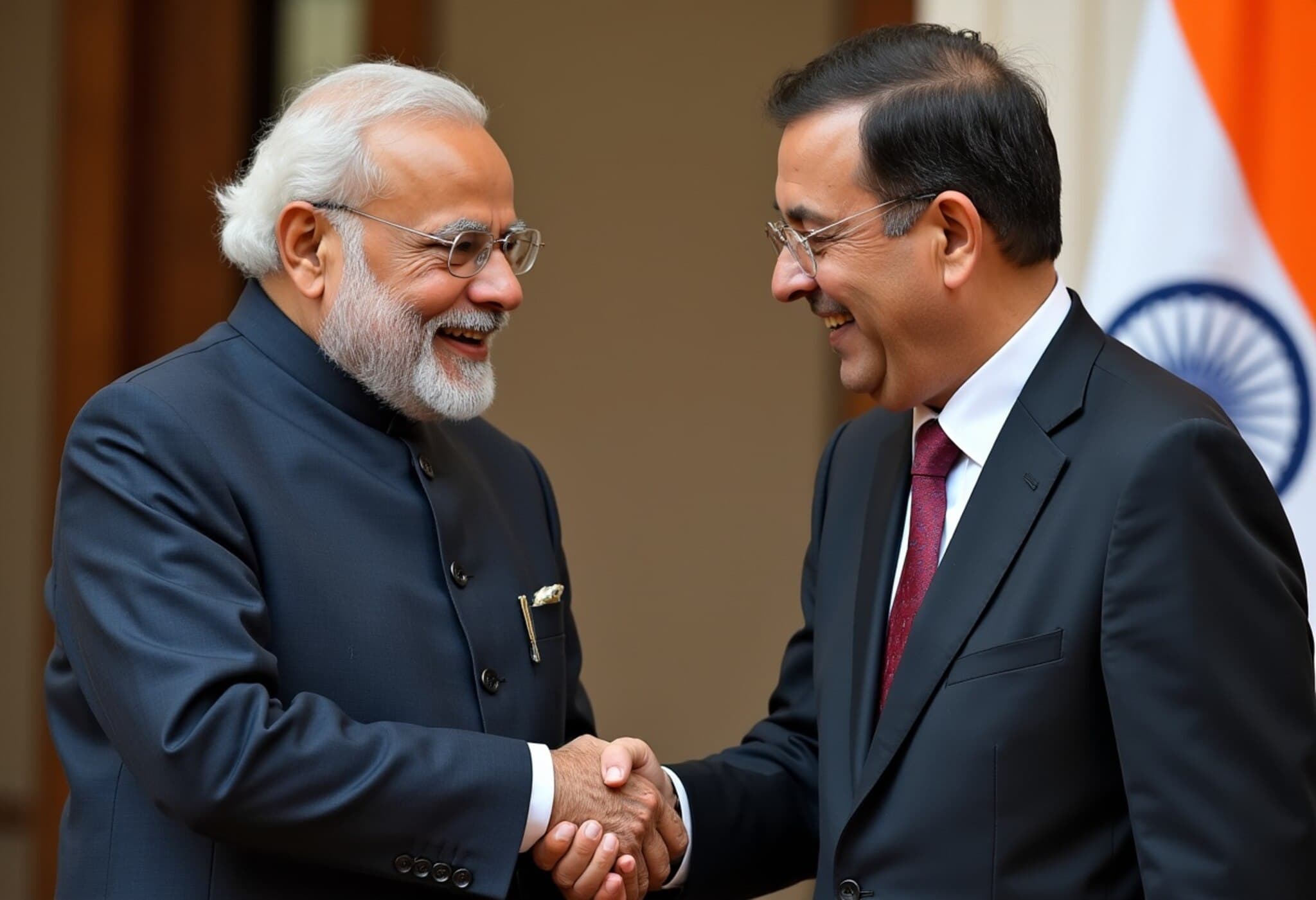India and UK Seal Landmark Free Trade Agreement
In a significant diplomatic milestone, Prime Minister Narendra Modi and his British counterpart, Keir Starmer, formally signed the much-anticipated India-UK Free Trade Agreement (FTA) on July 24, 2025. This deal paves the way for enhanced economic ties between the two nations, promising to reshape trade dynamics and unlock new opportunities across multiple sectors.
Key Highlights of the India-UK Free Trade Agreement
The India-UK FTA, finalized after nearly three years of rigorous negotiations, is projected to expand bilateral trade by an estimated $34 billion annually. The agreement delivers sweeping tariff reductions and improved market access that will impact nearly every facet of commerce between the two countries.
- Approximately 99% of Indian exports will benefit from tariff eliminations, allowing Indian businesses to compete more effectively in the UK market.
- India’s average tariff on UK products will fall dramatically from 15% to just 3%, facilitating easier access for British exporters.
- The agreement covers nearly 100% of trade values, ensuring comprehensive sectoral coverage from textiles to pharmaceuticals.
Economic Implications for Indian Businesses and Consumers
This free trade deal is expected to serve as a catalyst for growth, particularly in sectors with strong export potential:
- Leather and Footwear: India’s exports to the UK could soar beyond $900 million, benefiting artisans and SMEs engaged in these labor-intensive industries.
- Micro, Small, and Medium Enterprises (MSMEs): Duty-free access to a $23 billion UK market offers Indian MSMEs a substantial competitive edge over other developing countries, especially in textiles, gems and jewellery, furniture, and sports goods.
- Women Entrepreneurs and Artisans: The FTA prioritizes financial stability and inclusivity for these groups, bolstering their global reach and economic participation.
- Digital and Sustainable Growth: Encouraging MSMEs to adopt e-commerce and sustainable production methods will help Indian products meet evolving global standards and demands.
- Intellectual Property Rights (IPR) and Geographical Indications (GI): Enhanced protections are expected to better safeguard traditional Indian products, adding value and improving brand recognition internationally.
Broad Sectoral Benefits
Beyond MSMEs, the FTA lays the foundation for greater export opportunities in a wide array of sectors including:
- Marine products
- Agriculture
- Pharmaceuticals
- Chemicals and Engineering goods
- Electronics and Oilseeds
- Alcoholic beverages and soft commodities
Contextualizing the India-UK Trade Deal in Global and Regional Perspectives
This trade agreement marks one of the most consequential post-Brexit economic partnerships for the UK as it seeks to diversify global ties. For India, the FTA aligns with its strategic ambition to become a $5 trillion economy by boosting exports, creating jobs, and deepening ties with advanced markets.
Experts highlight that this deal transcends simple tariff cuts; it symbolizes a new chapter in India-UK relations—characterized by cooperation in technology, innovation, and sustainable development.
From an American policy vantage point, the India-UK FTA could indirectly influence transatlantic trade policies and impact supply chains, with global investors watching these developments closely.
Challenges and Forward-Looking Questions
While the FTA promises substantial gains, challenges remain. Indian MSMEs must overcome infrastructural and digital hurdles to fully leverage new market access. Additionally, India's agricultural sector will need to navigate quality standards and non-tariff barriers imposed by stricter UK regulations.
Will this agreement signal a broader shift toward regional trade integration in South Asia and beyond? How effectively will both governments implement policies that ensure inclusivity, especially for women entrepreneurs and small-scale farmers?
Editor’s Note
The India-UK Free Trade Agreement represents more than just an economic pact; it is a strategic partnership brimming with potential to reshape trade, empower small businesses, and enhance global competitiveness. As the deal unfolds, stakeholders must focus on inclusive growth and sustainable practices, ensuring that benefits trickle down to grassroots levels. This historic accord invites us to consider the evolving architecture of global trade in a multipolar world and the role emerging economies play within it.

